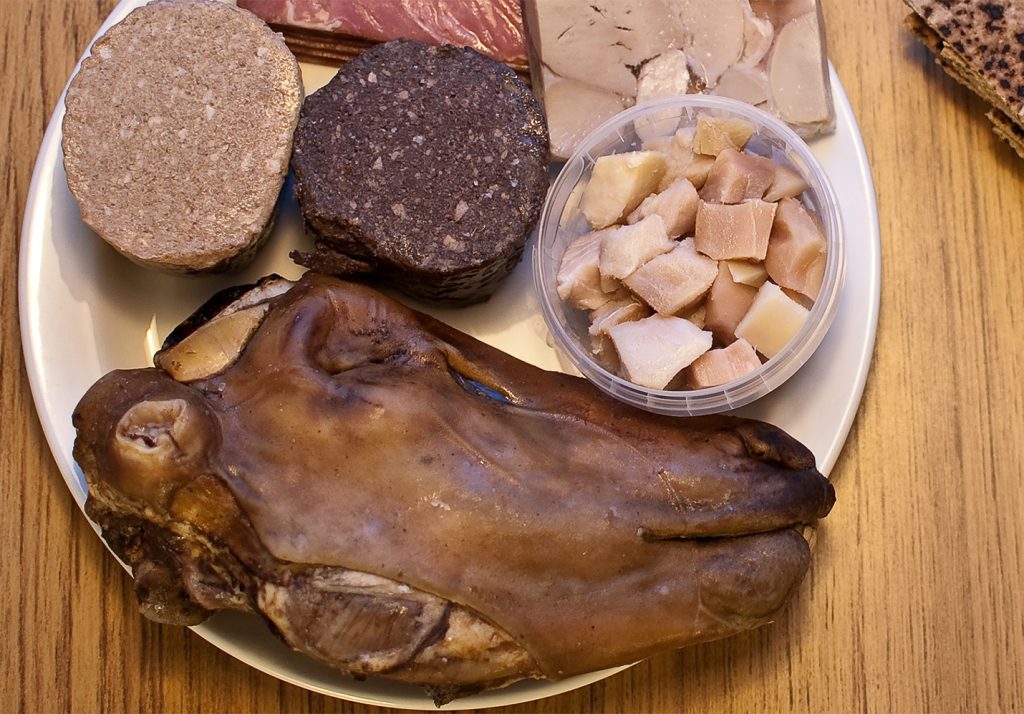Food in Iceland: What to Know and Eat
We will delve into the fascinating culinary landscape of Iceland, sharing essential information and mouthwatering dishes that should be on every traveler’s radar.
The dining experience in iceland
Icelandic cuisine is a unique fusion of traditional Nordic flavors, sustainable practices, and innovative culinary techniques. The dining experience in Iceland is characterized by a focus on fresh, local ingredients sourced from the country’s pristine natural environment. With its abundance of high-quality seafood, grass-fed lamb, and organic produce, Iceland offers a gastronomic adventure like no other.
Typical icelandic sidhes

When visiting Iceland, there are several traditional dishes that you must try. One of the most iconic is “Hákarl,” fermented shark meat that boasts a strong, acquired taste. Another delicacy is “Plokkfiskur,” a comforting fish stew made with cod or haddock, potatoes, onions, and cream. For those with adventurous palates, “Svið” (boiled sheep’s head) and “Hrútspungar” (pickled ram’s testicles) are traditional Icelandic dishes that showcase the country’s culinary heritage.
Regional foods and specialties
Icelandic cuisine is also influenced by its unique geography and regional specialties. In the West-fjords, for example, you can savor “Ræstur Fiskur,” which is fish that has been dried and fermented using traditional methods. In the north, “Hangikjöt” (smoked lamb) is a popular dish, especially during the Christmas season. Additionally, the Eastfjords are renowned for their langoustine (Icelandic lobster), which is harvested from the pristine coastal waters.
Icelandic dining terms:glossary

To fully appreciate the dining experience in Iceland, it’s helpful to familiarize yourself with some Icelandic dining terms. “Bollur” refers to small round buns often served with soup, while “Laugabrauð” is a traditional Icelandic flatbread that is baked and decorated with intricate patterns. “Brennivín” is a strong Icelandic schnapps, and “Skýr” is a popular Icelandic yogurt known for its creamy texture and high protein content.
Tipping etiquette
In Iceland, tipping is not customary. The country has a fair wage policy, and service charges are typically included in the bill. However, if you receive exceptional service or want to show your appreciation, rounding up the bill or leaving a small tip is always welcome.
Dining etiquette

Icelanders value a relaxed and casual dining atmosphere. When dining in Iceland, it’s important to be punctual and respectful of reservations. It is customary to greet the restaurant staff upon entering and to wait to be seated. Additionally, keeping a moderate volume during conversations and avoiding excessive cellphone use is considered good etiquette
Exploring the culinary delights of Iceland is an essential part of any luxury travel experience. From traditional Icelandic dishes to regional specialties and unique dining terms, Iceland’s food scene is a fascinating blend of history, culture, and natural ingredients. By immersing yourself in the dining experience, you will not only indulge in delectable flavors but also gain a deeper understanding of the country’s rich culinary heritage. So, venture forth and savor the extraordinary tastes that Iceland has to offer.
